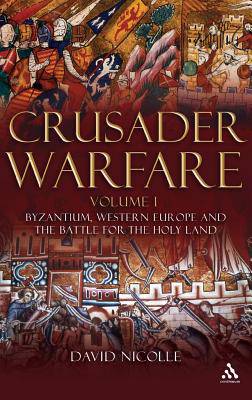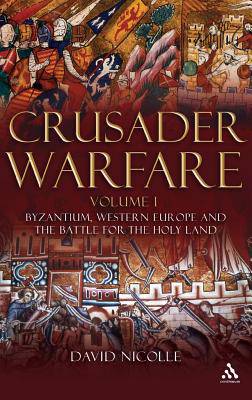
- Retrait gratuit dans votre magasin Club
- 7.000.000 titres dans notre catalogue
- Payer en toute sécurité
- Toujours un magasin près de chez vous
- Retrait gratuit dans votre magasin Club
- 7.000.0000 titres dans notre catalogue
- Payer en toute sécurité
- Toujours un magasin près de chez vous
Crusader Warfare Volume I
Byzantium, Western Europe and the Battle for the Holy Land
David NicolleDescription
This book presents as many aspects as possible of warfare during the period of the crusades within all the cultures most directly involved. To a large extent the current interest in the Crusades reflects the perceived threat of a so-called "clash of civilisations". While warnings of such a supposed clash in our own times are based upon a misunderstanding of the natures of both "Western" and "Islamic" civilisations, some commentators have looked to the medieval Crusades as an earlier example of such a clash. In reality they were no such thing. Instead the Crusades resulted from a remarkable variety of political, economic, cultural and religious factors. The Crusades, even excluding the Northern or Baltic Crusades, also involved an extraordinary array of states, ruling dynasties, ethnic or linguistic groups and the fighting forces associated with these disparate participants.
Spécifications
Parties prenantes
- Auteur(s) :
- Editeur:
Contenu
- Nombre de pages :
- 320
- Langue:
- Anglais
Caractéristiques
- EAN:
- 9781847250308
- Date de parution :
- 15-07-07
- Format:
- Livre relié
- Format numérique:
- Ongenaaid / garenloos gebonden
- Dimensions :
- 165 mm x 238 mm
- Poids :
- 639 g

Les avis
Nous publions uniquement les avis qui respectent les conditions requises. Consultez nos conditions pour les avis.






